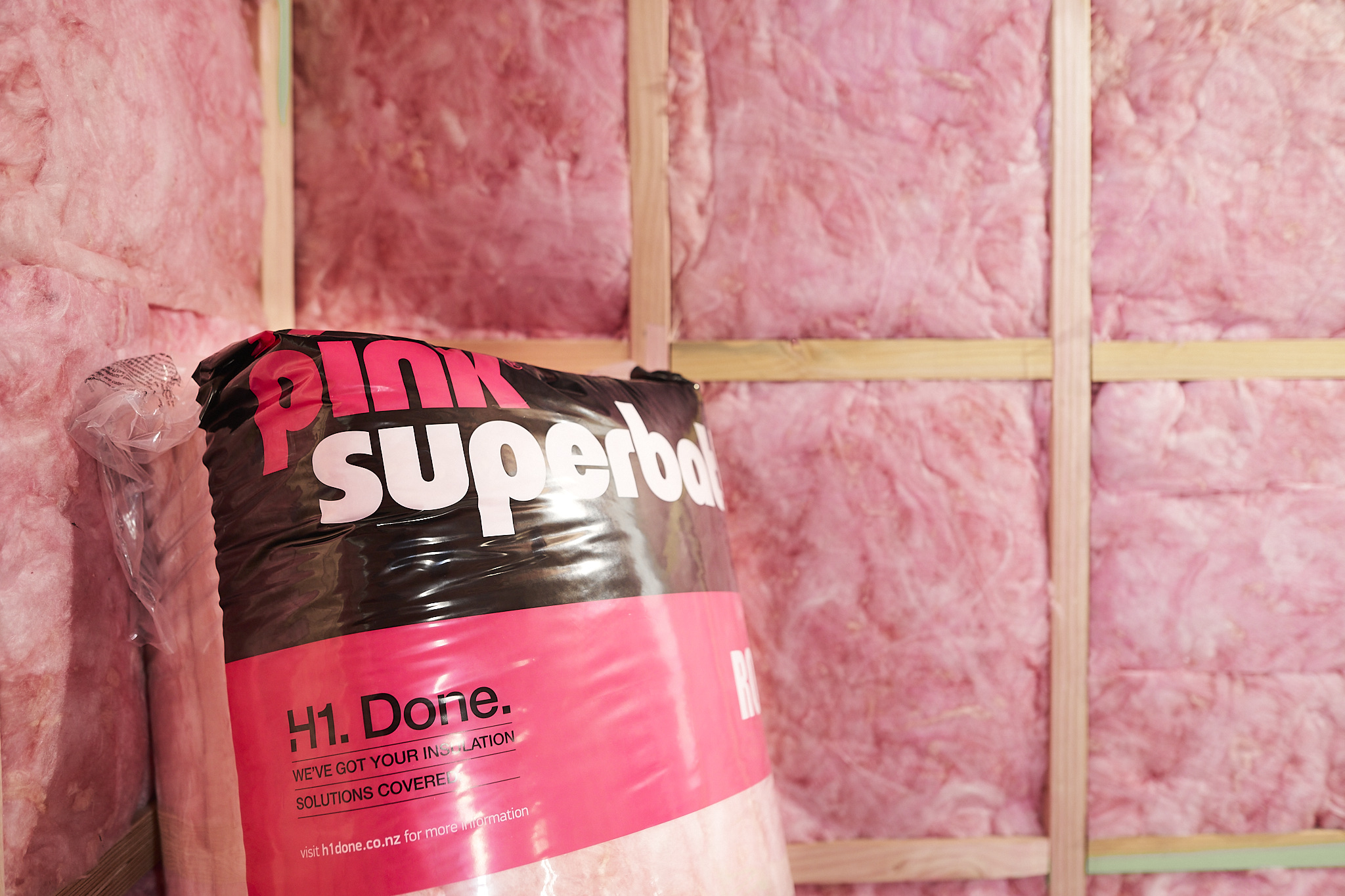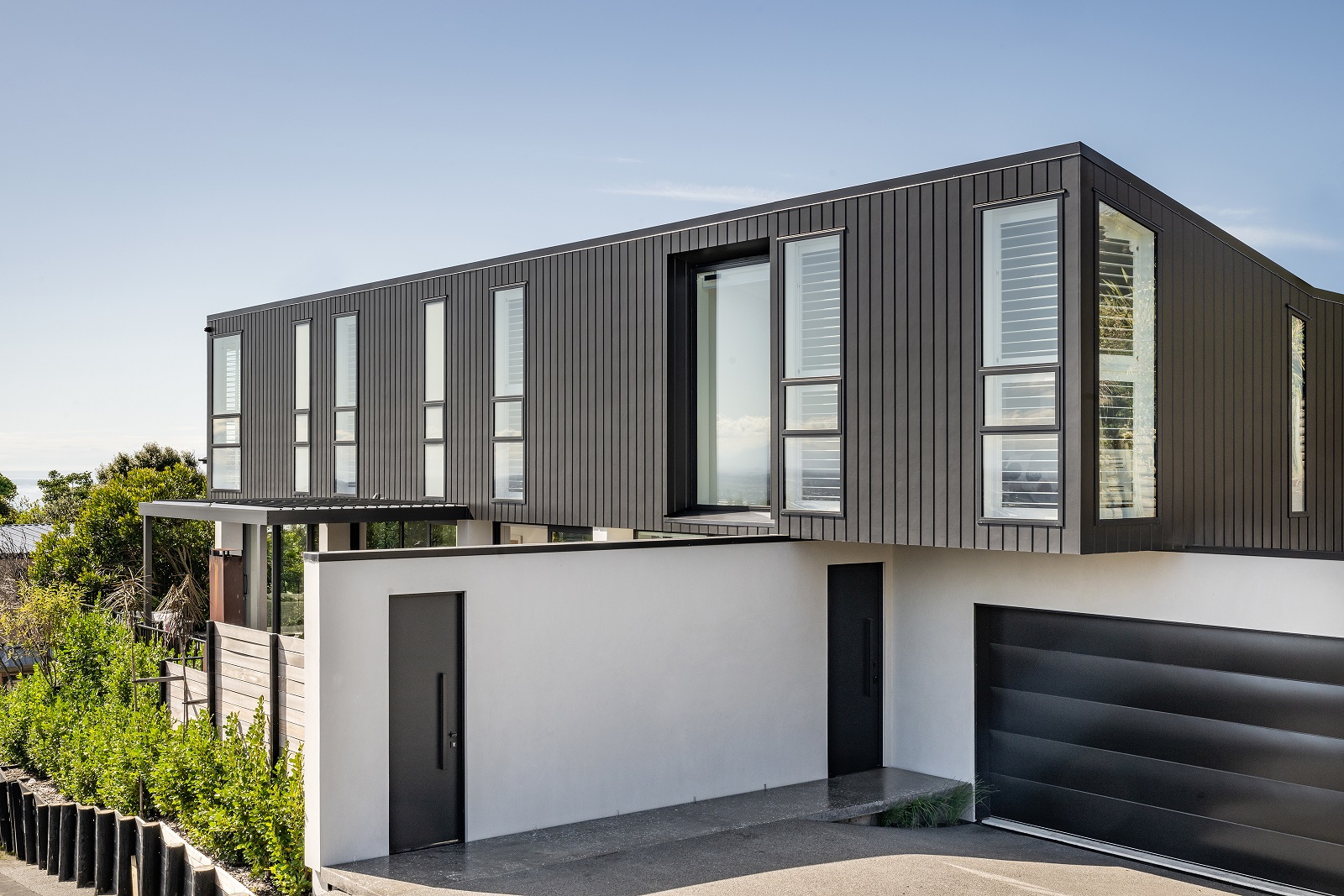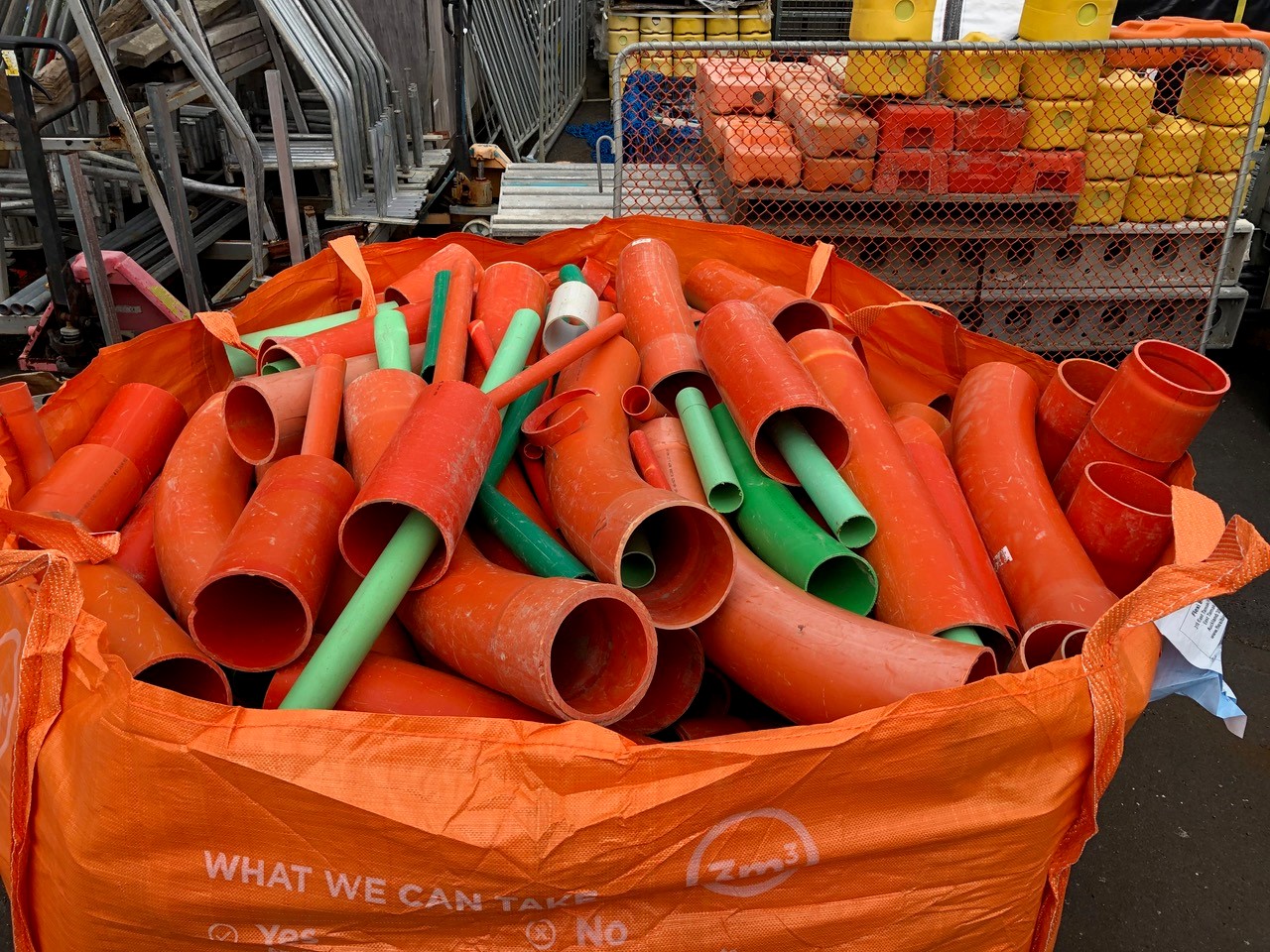The competition was shaped by issues which Beulah believes the city must address:
How do we future-proof Melbourne? How do we ensure the viability of life through exponential growth? How do we apply global inspiration while accounting for the local?[1]
Contestants were asked to design a mixed-use lifestyle precinct of over 220,000 sqm with 23,000 sqm of public programmes. They needed to accommodate luxury apartments, commercial offices, a 5-star hotel, an entertainment centre, technological display centres (including a BMW Experience Centre), world class retail spaces, a cultural precinct and public green spaces.[2]
The location for the prestigious $2 billion development is a central Melbourne precinct surrounded by anonymous concrete and glass towers. The six finalists visited the site at an early stage to take in the setting and gain design context. At the Future Cities symposium in July 2018 they unveiled solutions aiming to address the challenges of growth and competition for talent, technological and climatic change, shifting lifestyles, and the unknown. Their designs were both dramatic and provocative.
Green Spine, a double-tower design submitted by UNStudio of Amsterdam and Sydney’s Cox Architecture, was announced as the competition winner in August 2018. Tower One will be entirely residential and 356 metres high. Tower Two, a more modest 252 metres, will be home to a hotel and commercial space. The two structures twist towards each other in a kind of protective embrace and make stunning use of tree-lined balconies and luxuriant foliage. If this vertical terraced garden is completed as originally envisaged, Green Spine will become Australia’s tallest tower complex.
The winner faced spirited competition from the five others on the shortlist.
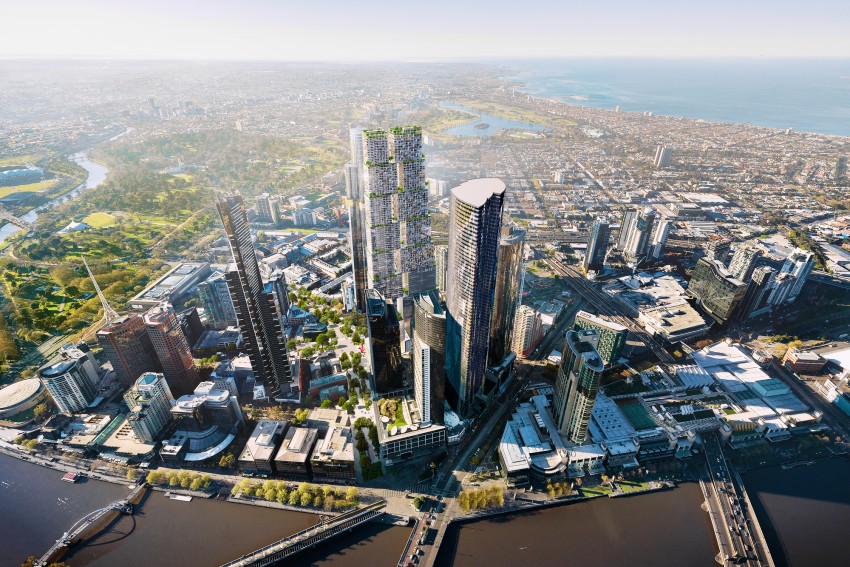
Bjarke Ingels Group of Copenhagen twinned with Melbourne’s Fender Katalidis in proposing ‘The Lanescraper’[3]. A stacked series of irregular buidling modules, The Lanescraper provided vertical laneways and east-west terraces in a tapered tower which aimed to maximise connections with other public spaces.
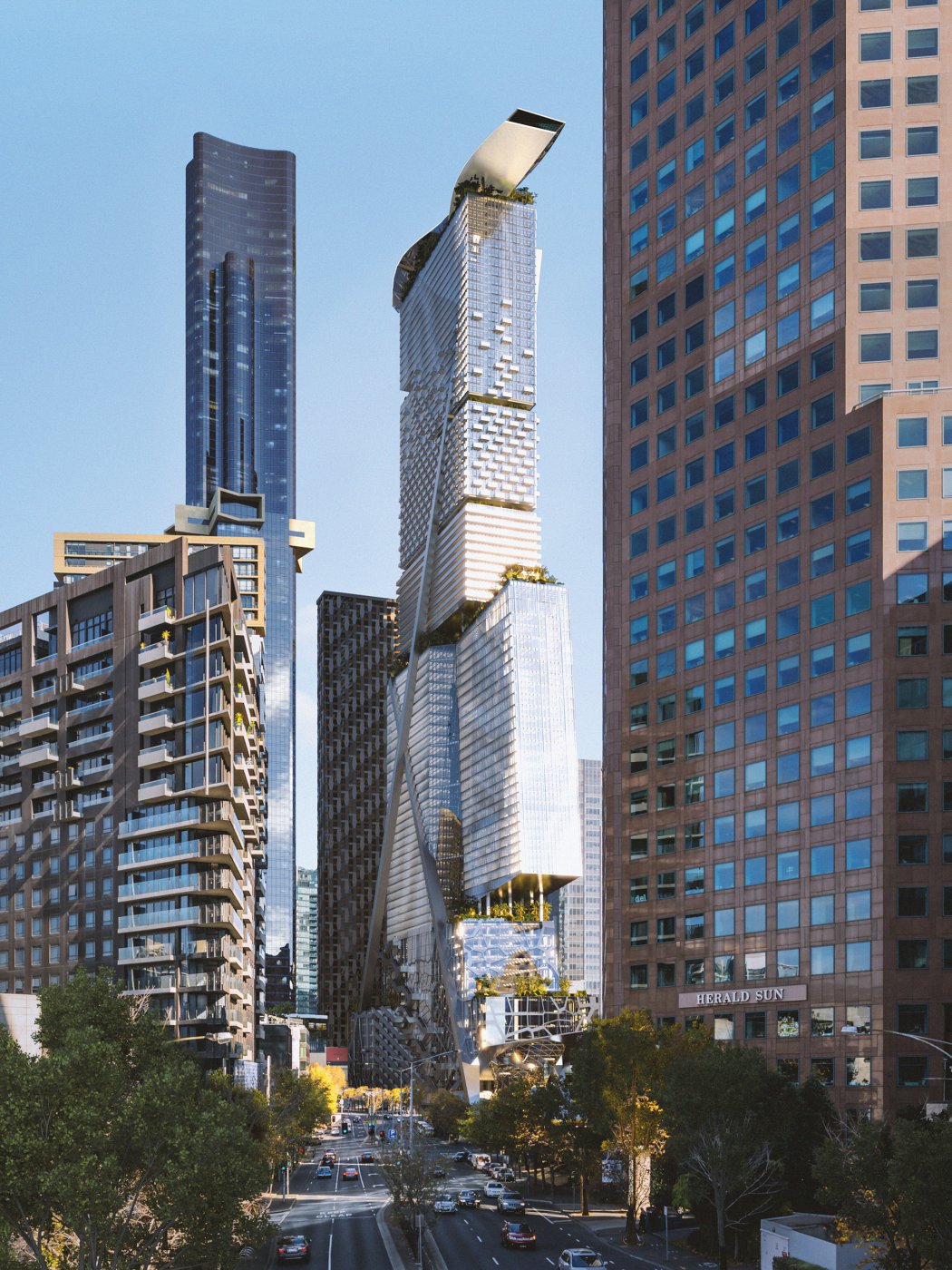
Coop Himmelb(l)au and Architectus came up with “Propellor City”. [4] This dramatic sculptural solution included vertically linked public spaces intended to break down isolation. Propellor City appeared to echo the regular forms of the surrounding buildings, while simultaneously repudiating them at street level with a façade like a jumbled and shattered windscreen.
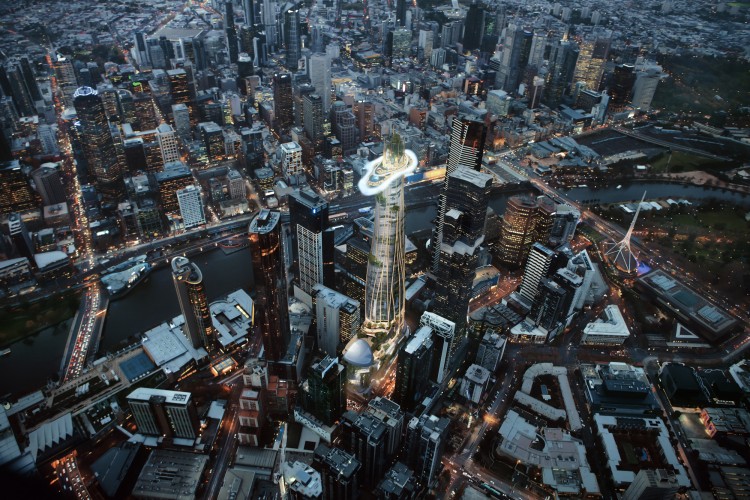
MAD Architects and Elenberg Fraser conceived a dramatic spiked tower called “Urban Tree”, with a large cantilevered “cloud” near its apex. At its base a riotous jumble of green organic forms provided dramatic contrast to the regimented columns of surrounding buildings.[5]
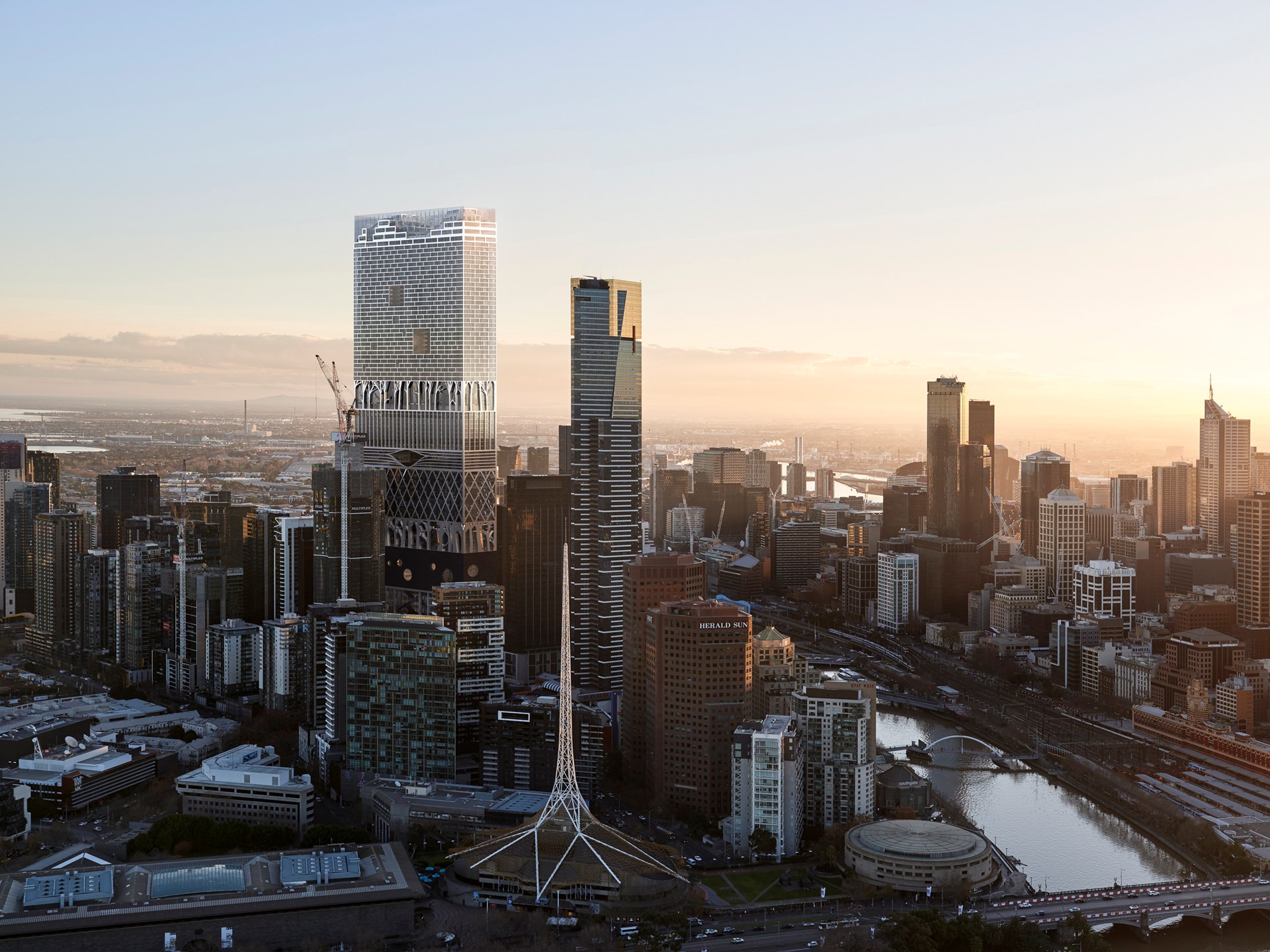
Rotterdam’s MVRDV combined with Woods Bagot to present “The Stack”[6]. A stack of neighborhoods including offices, residential, hotel, retail and entertainment facilities were to be connected by four publicly accessible gardens. One of these was a 20 metre tall tropical oasis. A series of open or transparent façades at lower levels helped build a sense of connection between different facilities.
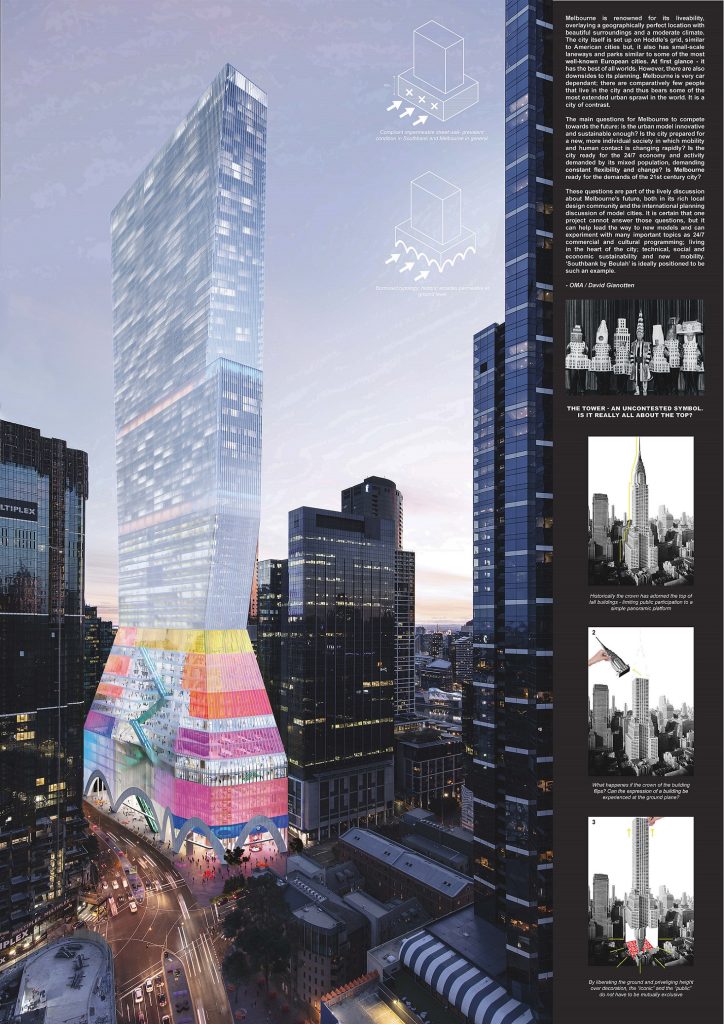
OMA and Conrad Gargett’s entry proposed a tower stemming from a base that would act as a 24/7 mixed-use vertical city. Laneways and express escalators facilitated movement through the lower levels of the complex. The elements were differentiated, both inside and out, by the use of coloured metal mesh-laminated glass. Open arches at street level echoed Melbourne’s Italianate arcades.[7]
Speaking about the winner, juror and Victorian government architect Jill Garner said Green Spine’s twisting form will be “an elegant addition to the skyline” and will “provide a spectacle and promote an illusion of slenderness…The concept offers landscape relief (green) within an area generally lacking in nature, place making, civic art and cultural experiences.”
With its Southbank project, Beulah International has set in train a development which it hopes will usher in an exciting and vibrant future for Melbourne’s heartland. “Beulah” means “the promised land” and in a few years we’ll know whether that hope might ultimately be delivered. The start of construction is set down for 2020.
[1] https://www.southbankbybeulah.com/prologue
[2] https://www.southbankbybeulah.com
[3] https://vimeo.com/282865992
[4] http://www.coop-himmelblau.at/architecture/projects/propeller-city
[5] http://www.i-mad.com/press/mad-southbank-by-beulah-new-landmark-building-for-melbourne
[6] https://www.mvrdv.nl/projects/340/the-stack
[7] http://www.conradgargett.com.au/oma-in-collaboration-with-conrad-gargett-presents-competition-entry

